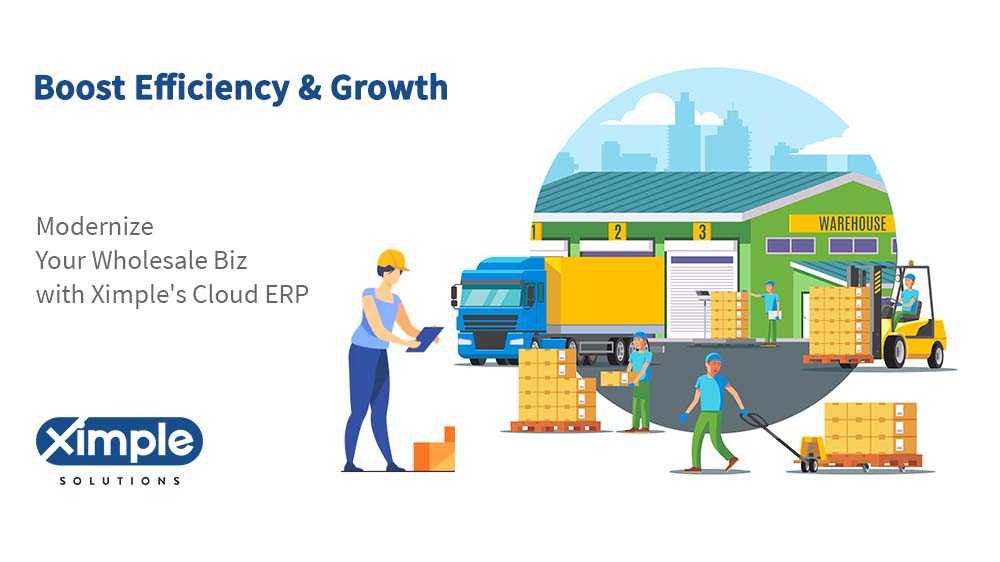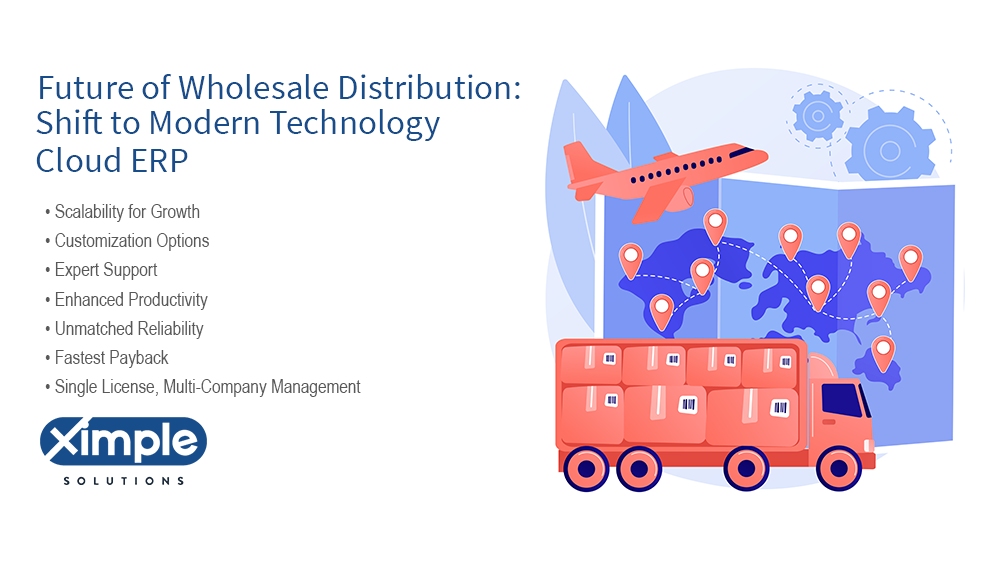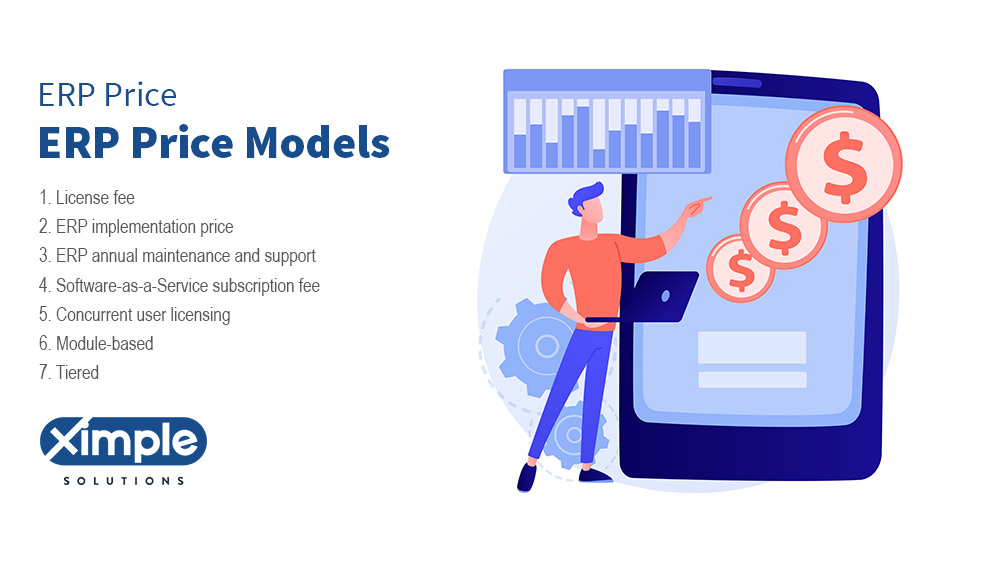What is Agile ERP? Implementation & Benefits
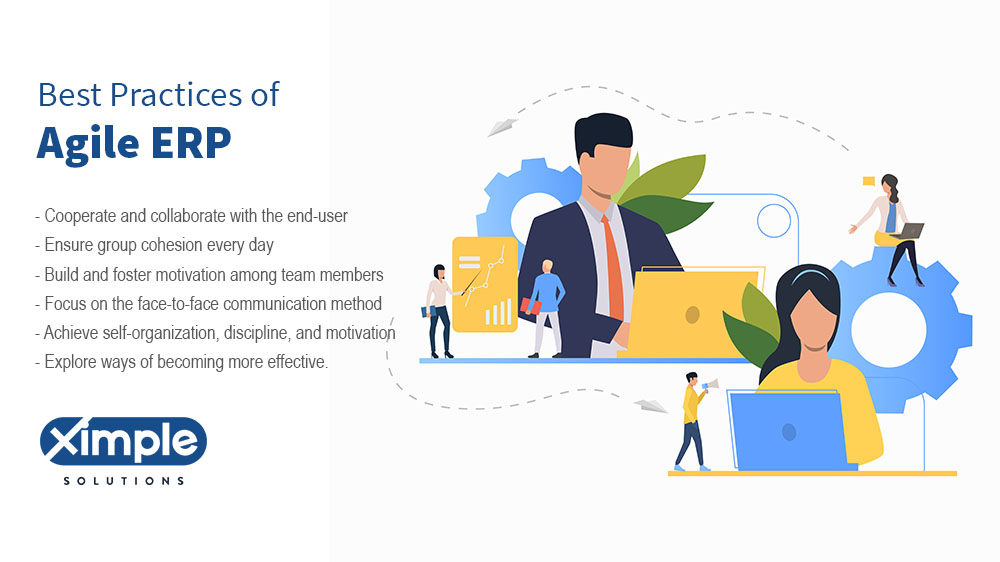
This article is intended for individuals and organizations interested in learning about Agile methodology in Enterprise Resource Planning (ERP) implementation. It describes the characteristics of Agile ERP, best practices, implementation steps, benefits, critical success factors, and frequently asked questions. The article highlights that the Agile ERP deployment strategy is popular due to its reliability, fast results, customizability, collaboration, transparency, early and frequent testing, small milestones, minimal supervision, good communication, and value-adding products.
What is Agile ERP?
Agile ERP deployment strategy is so trendy these days. Agile projects rely on small, achievable sprints or segments. Agile methodology creates high-quality outcomes because of the short development cycles, consistent improvements, and flexibility to edit work based on user comments and product assessments. As agile is adaptive, flexible, and evolutionary, most organizations prefer to use it when installing their enterprise resource planning software. To learn more about agile methodology ERP implementation, read on.
Table of Contents

Characteristics of Agile ERP
The agile project management method is reliable. However, those targeting to use it need to know its specific characteristics. These include the following:
- User satisfaction – The ultimate goal of any agile team is to satisfy customers or users. As the project runs, users provide feedback. The team then evaluates the user feedback to see how to improve the end product.
- Faster results – The interval between planning an agile ERP system project and delivering an outcome is short. Agile is quicker, more predictable, and not based on perfectionism. If a company wants to implement ERP faster, its best bet is the agile approach.
- Customizable – In the course of an agile project, a lot of changes can happen. With Agile, teams can re-evaluate their initial assumptions and goals without returning to the drawing board.
- Collaborative – One of the main reasons why agile projects succeed is that all involved parties work as a team. The agile team, client, and end-users must be a cohesive team throughout the project cycle.
- Transparency – Users are a part of each project development phase and can point out the errors for the agile team to correct. Involving users makes this approach open and transparent. Transparency can help an organization create stronger relationships with customers.
- Early and frequent testing – Agile ERP development works because of early and regular product testing. Hence, agile developers can identify and correct issues. Fixing all sorts of errors in a project cycle eliminates repeat jobs when the project goes live.
- Small milestones – Agile methodology works in small, short-lived phases. Therefore, the team moves to the next step after finishing the previous one. It is easy to follow the sequence of scaled ERP projects as each phase has a unique foundation.
- Minimal supervision – Being flexible and adaptable, agile methodology is impressive. Team members feel motivated to work and require minimal monitoring by their managers. Teams already know that self-motivation, discipline, and organizational abilities are crucial agile aspects.
- Good communication – Agile is not only quick, flexible, and adaptive. It also banks on face-to-face contact to solve conflicts and explain things to ensure everyone is on the same page.
- Value-adding product – Teams using this methodology aim to develop the best ERP projects. They want a value-adding product to help users solve their problems.
Best Practices
The best practices for teams using agile methodology include the following:
- Cooperate and collaborate with the end-user
- Ensure group cohesion every day
- Build and foster motivation among team members
- Focus on the face-to-face communication method
- Achieve self-organization, discipline, and motivation
- Explore ways of becoming more effective.
Agile ERP implementation
Agile ERP delivery depends on how well-prepared the team is and the client’s needs. It entails the following steps:
- Define your story – Project managers must recall that ERP systems are highly customizable. That opens an opportunity to describe the inputs and functions of each desired feature in the simplest manner possible. Agile is straightforward and does not need prior documentation of technical requirements, probable outcomes, etc. Creating a story for every desirable feature or process is enough.
- Assess customization options – Although there are industry-specific ERP products, we can agree that businesses are different. Thus, no ERP product can fit all. Some companies might have to customize the software to suit their needs. Depending on the ERP you want to implement via agile methodology, you may or may not need more programming to make it fit your business. COTS (Commercial Off The Shelf) approach is always the best when determining if an ERP system adds value to your business.
- Choose your sprints – As we said earlier, agile use sprints. These small segments are easy to work on, assess based on user feedback, and launch. Each sprint has a deadline, and the small agile team should meet it. In ERP, broad modules might be harder to sprint the agile way without creating some exceptions to the rule. Project managers should work with the selected ISV (independent software vendor) because they understand each ERP module best. Agile is more manageable when teams develop sprints based on the size of each software module.
- Hold scrum meetings – These help the agile team members to identify necessary changes per sprint. Scrum teams then collaborate to find solutions for arising challenges. They also develop to-do lists with specified deadlines for the team.
- Testing and assessment – Agile wins over the traditional Waterfall approach because it entails testing for each sprint. Testing focuses on user feedback, and the agile team corrects the story based on that. After that, it creates a demo module so team members can verify if it meets the stakeholders’ needs.
- Launching the sprint – After the testing and demo phase, the agile team feels confident and ready to release the completed sprint.
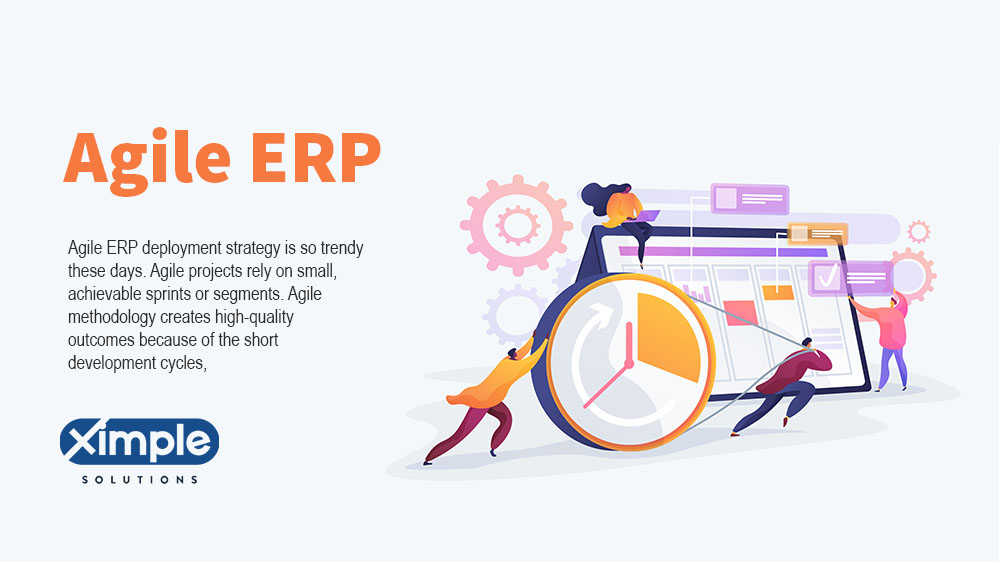
Agile ERP Benefits
These ERP implementations have some benefits. These are as shown below.
- Agile deployment ensures that a team finishes and launches a small segment at a time. Stakeholders do not have to stay in suspense for months as they can access sprints as they go live.
- ERP users such as workers can access the information they need at once because of agile stores data in the software.
- Even if Agile relies on the concept of uncertainty, it reduces the risk of failure. It will ensure the completion of every item in a sprint before launching it.
- Agile project management methods for ERP are the fastest way to have a running ERP software platform. Also, it leads to an easy-to-integrate ERP system.
- Agile methodology is the most transparent technique for implementing your ERP. As all concerned stakeholders participate in the process, people find it more flexible and adaptable.
Agile ERP Critical Success factor
If an agile team wants to succeed, it should not ignore why many ERP implementations fail. By assessing the underlying causes of failure, they can confidently do agile scrum ERP implementation. Typical reasons why most implementation processes fail include:
- Change resistance
- Failure to create a logical ERP selection checklist
- Poor project management approaches
- Lack of modern and reliable technologies
- Poor digital strategy, especially when choosing cloud ERP
- Insufficient project sponsorship and leadership
- Misaligning the ERP system with various business processes.
Conclusion
In conclusion, the article discusses the characteristics, best practices, implementation, benefits, and critical success factors of using the agile methodology for enterprise resource planning (ERP) software. The agile approach is becoming increasingly popular because it relies on small sprints or segments, resulting in faster, more predictable outcomes. It is highly customizable, collaborative, and transparent, and values user feedback. Agile ERP projects aim to provide value-adding products to help users solve their problems. The benefits of Agile ERP deployment include launching small segments at a time, easy-to-integrate ERP systems, and increased transparency, flexibility, and adaptability. The critical success factors of Agile ERP implementation include addressing change resistance, creating a logical ERP selection checklist, adopting good project management practices, using modern and reliable technologies, aligning the ERP system with business processes, and providing sufficient project sponsorship and leadership. However, success is not guaranteed unless competent team members are used. Therefore, it is essential to consult expert agile developers before starting an ERP project.
FAQ
The answer depends on who implemented the agile ERP software and their level of success. There are agile project management failure stories out there. So, if an organization dodges those during ERP implementation, it will likely be as flexible and adaptive as agile.
First, agile is a project management approach founded in 2001. Agile in ERP implementations means using agile best practices to install the ERP software. Agile is a method to get your ERP ready as fast as possible.
ERP is an all-inclusive software tool that an organization relies on to make crucial management decisions. Its primary role is to improve the visibility of every business process. As ERP implementation can be a prolonged, tedious exercise, agile methodology creates a way to simplify it.
Agile teams can release the most crucial and urgent ERP modules. Then, stakeholders can use those agile modules to survive unforeseen threats, grab new opportunities, and innovate faster. A scalable ERP can grow with the company’s needs to ensure it does not implement another system.
